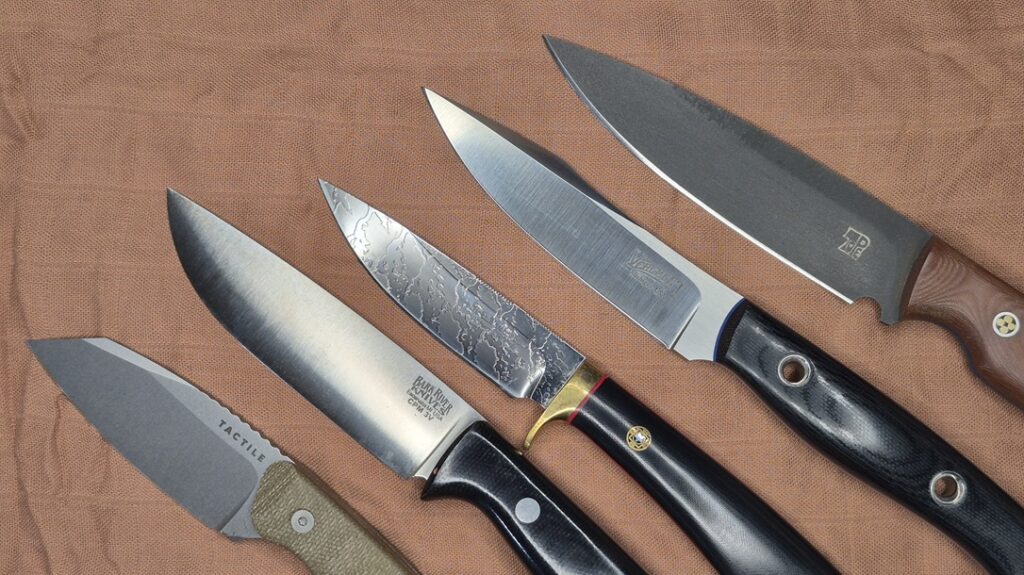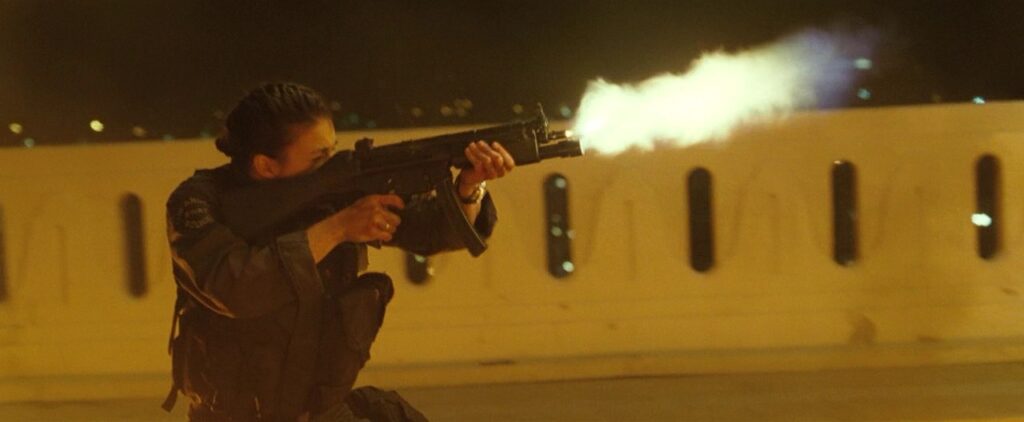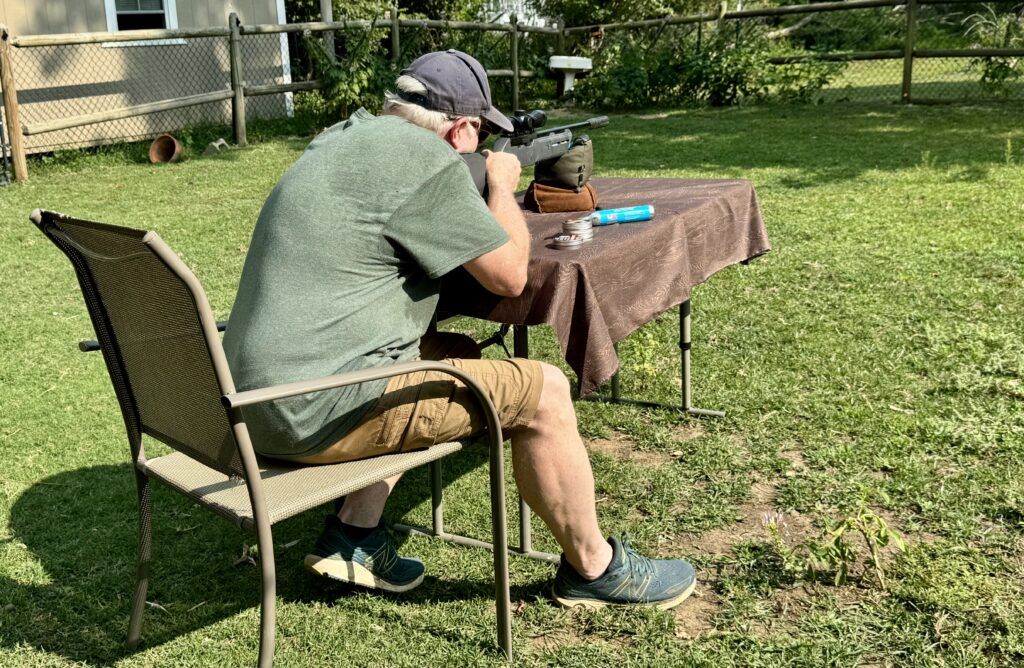Scattergun is the only name I can think of that encompasses the entirety of the shotgun based weapons. Scattergun is slang but still accurately describes every category of shotgun-like weapon out there. All these different categories of scattergun exist because of American firearm laws. While at their core, they are all shotguns, they have distinct traits that separate them into different categories. Today we are going to deep dive into the various categories and explain each one.
Shotguns
Your base level scattergun is a shotgun. A shotgun is a weapon that has a stock, a smooth bore, and to avoid being an NFA item, the gun must have a barrel at least 18 inches long. The important trait to remember is a stock and a barrel of at least 18 inches long. A rifled barrel of at least 18 inches can be used for slug guns, but it’s still a shotgun.
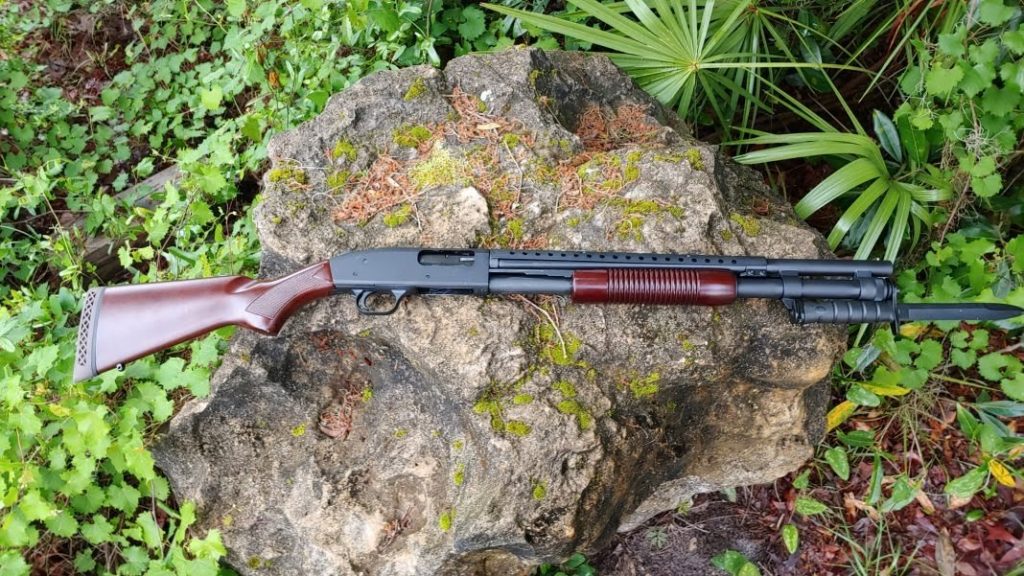
Advertisement — Continue Reading Below
You can remove the stock and replace it with a pistol grip, but it’s always a shotgun because it once had a stock. Shotguns must also be longer than 26 inches overall. This seems easy, but with bullpup shotguns, it’s easy to slip under that length even with an 18-inch barrel.
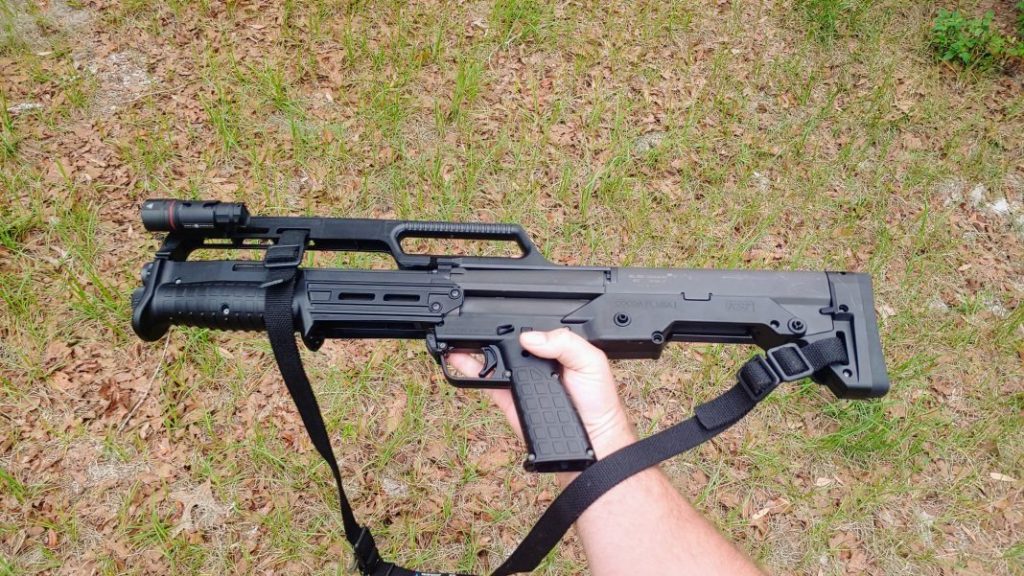
Short Barreled Shotguns
Short barreled shotguns are weapons designed to be fired from the shoulder, with a smooth bore barrel less than 18 inches long or an overall length less than 26 inches. These are NFA firearms and require a tax stamp, and are subject to both special state and federal laws. The barrel length and overall length can be whatever you desire when it comes to short-barreled shotguns.
Advertisement — Continue Reading Below
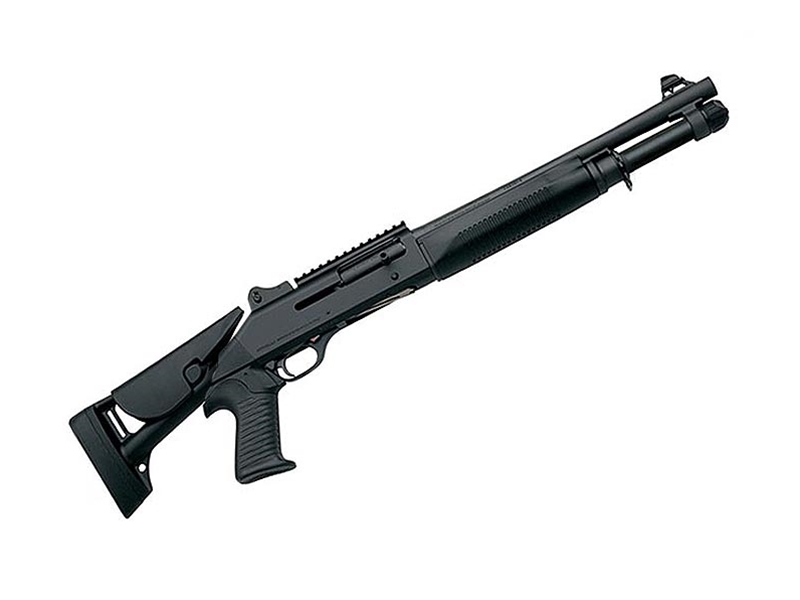
Firearms
Firearms are a category that is basically the ‘other’ on your list of firearm classifications. When it comes to the scattergun, we have firearms like the Mossberg Shockwave or Remington TAC 14. These guns have never had a stock and must have an overall length of at least 26 inches. If the scattergun falls under 26 inches overall, it becomes an NFA weapon known as an AOW.
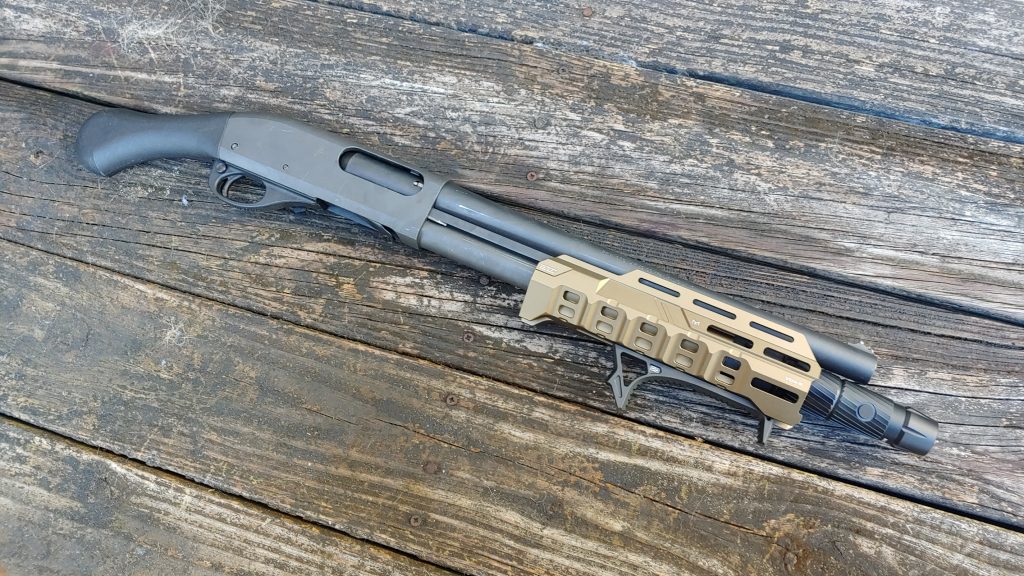
Advertisement — Continue Reading Below
There are no barrel length requirements, and most work with 14-inch barrels and the KAK Raptor grips. You cannot convert a shotgun to a firearm, and if you add a stock to one of these, it can never be a firearm again.
AOWs
AOW stands for any other weapon, and it’s an NFA catch-all, much like the term firearm for title 1 firearms. In terms of a scattergun, an AOW is a shotgun-like firearm without a stock and an overall length of less than 26 inches.
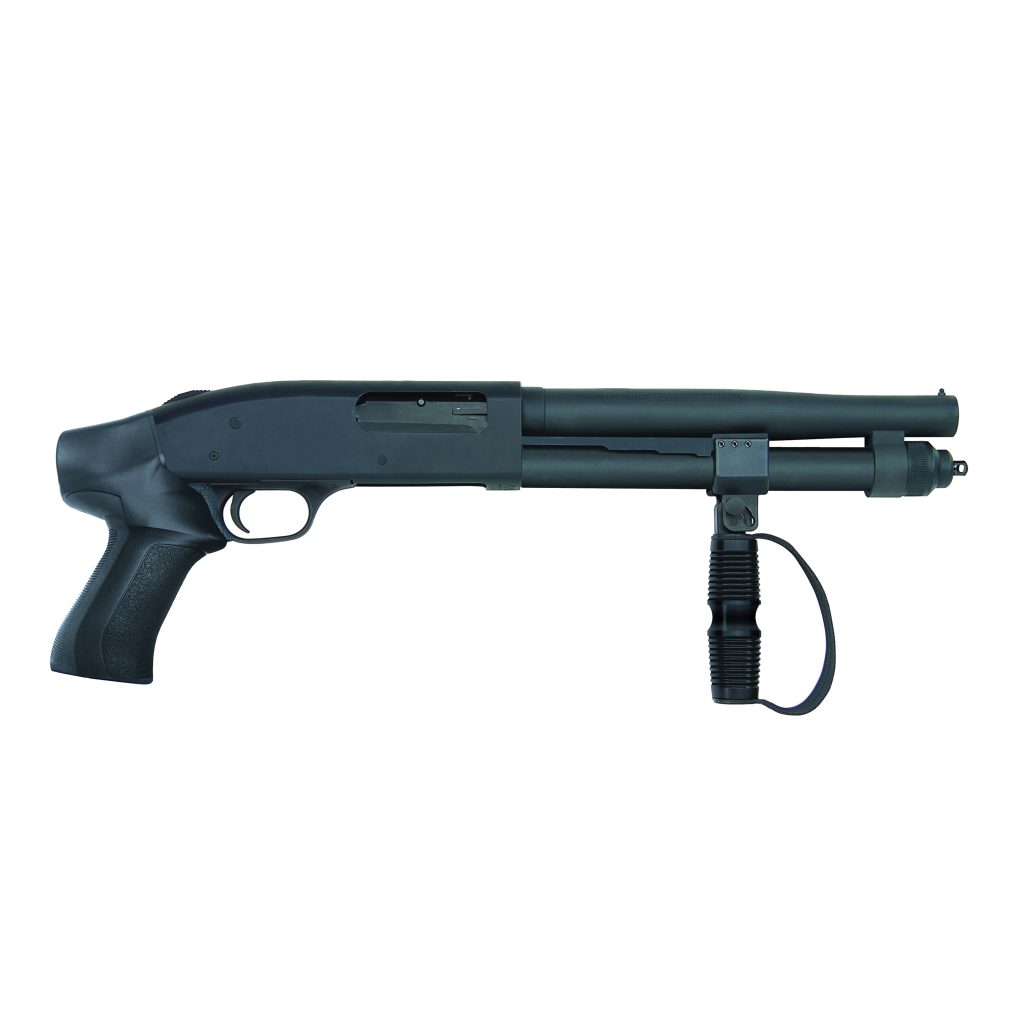
Advertisement — Continue Reading Below
AOWs are an oddball category that includes guns that don’t look like guns, so for a scattergun, that could be a smoothbore cane gun that fires a shotgun shell.
Destructive Devices
Destructive devices are an interesting category that is rather expansive, and oddly enough, shotguns found a way on the list. Two weapons that were considered shotguns were randomly reclassified to destructive devices.
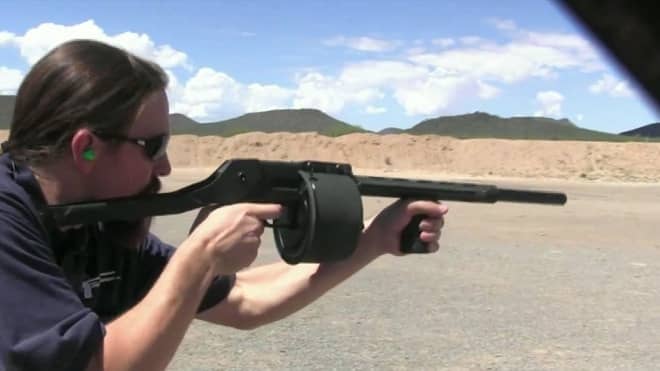
You see, any firearm with a bore over 0.5 inches is a destructive device unless it’s found to be particularly suitable for sporting use. This exemption allows shotguns with a bore .73 inches and beyond to be non-NFA items and big game cartridges that exceed .50 caliber.
Advertisement — Continue Reading Below
The two shotguns relabeled as Destructive devices are the SPAS 15 and the Striker 12/Streetsweeper models. Since then, no others have been added to the list, but it’s worth noting.
Industrial Shotguns
These are the final scattergun series on the list and are likely the least prevalent. Industrial shotguns, like the Winchester Ringblaster, are designed for specific purposes, like cleaning kilns. These are shotguns only by the common-sense definition and are supported by a special mounting system and chambered in massive calibers like eight gauge.
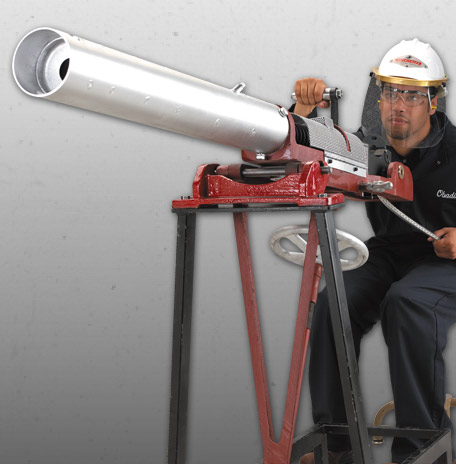
Advertisement — Continue Reading Below
These are not considered guns, but tools, so NFA rules need not apply to a 100-pound industrial shooting apparatus.
Scatterguns for All
This, the many categories in which a simple scattergun can fall into. Common sense of function classifies all of these as just shotguns, but American gun laws rarely apply a common-sense test. The purpose, length, barrel length, and the presence of a stock are all factors that can determine the legality of your weapon.
Hopefully, it’s no longer as clear as mud. Maybe more like muddy water.
Advertisement — Continue Reading Below
